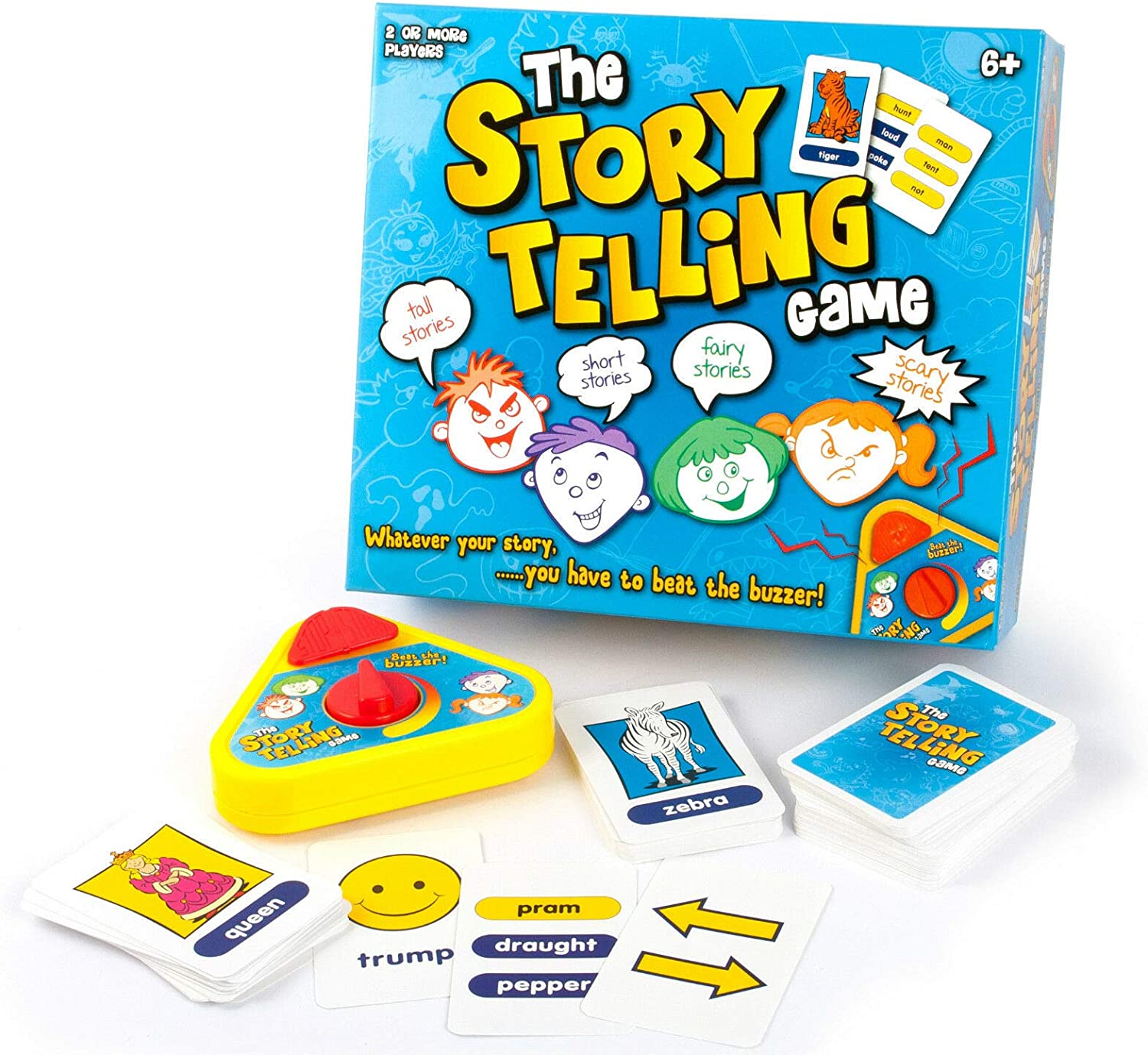

“You can really boil down any story to ‘It’s about love, life, death or something similar,’” Johannes said. While popular opinion says that tropes are overused and unoriginal, Johannes disagrees. A few storytelling tropes that gamers might immediately recognize are “the hero’s quest,” in which the protagonist is searching for something the very common “morality meter” or “moral choices” trope, in which the player is given a series of choices of varying moral correctness that affect how the story progresses or how other characters view the player and “point of no return,” where the plot forbids the player from revisiting previous sections of the game after a certain point. Many stories and games feature “tropes,” which are defined as common, or overused, plot devices. Her class explores the importance and validity of the narratives of various works of literature and video games.

“Narrative is sometimes seen as the story that you tell about what’s happening, story is the events that are unfolding,” Johannes said. To begin with, she clarified the differences between narrative and story, as she does in her class. Julie Johannes, who teaches a Games and Literature class at RIT, provided her thoughts on narrative and storytelling in games. In this aspect, video games have a strong advantage they give you control over a character and his or her actions to an extent and allow you to experience the story as that character. While a good story can certainly draw us into its fictional world and immerse us in the characters and environments, sometimes it still feels like there is a barrier separating us from the story. In most media, such as movies, music and books, we either watch, listen to or read the story as it unfolds. Warning: This article contains spoilers for the games "Dear Esther" and "Portal." Immersive Narrative and Storytelling in Video Gamesīy Jake Krajewski | published May.


 0 kommentar(er)
0 kommentar(er)
